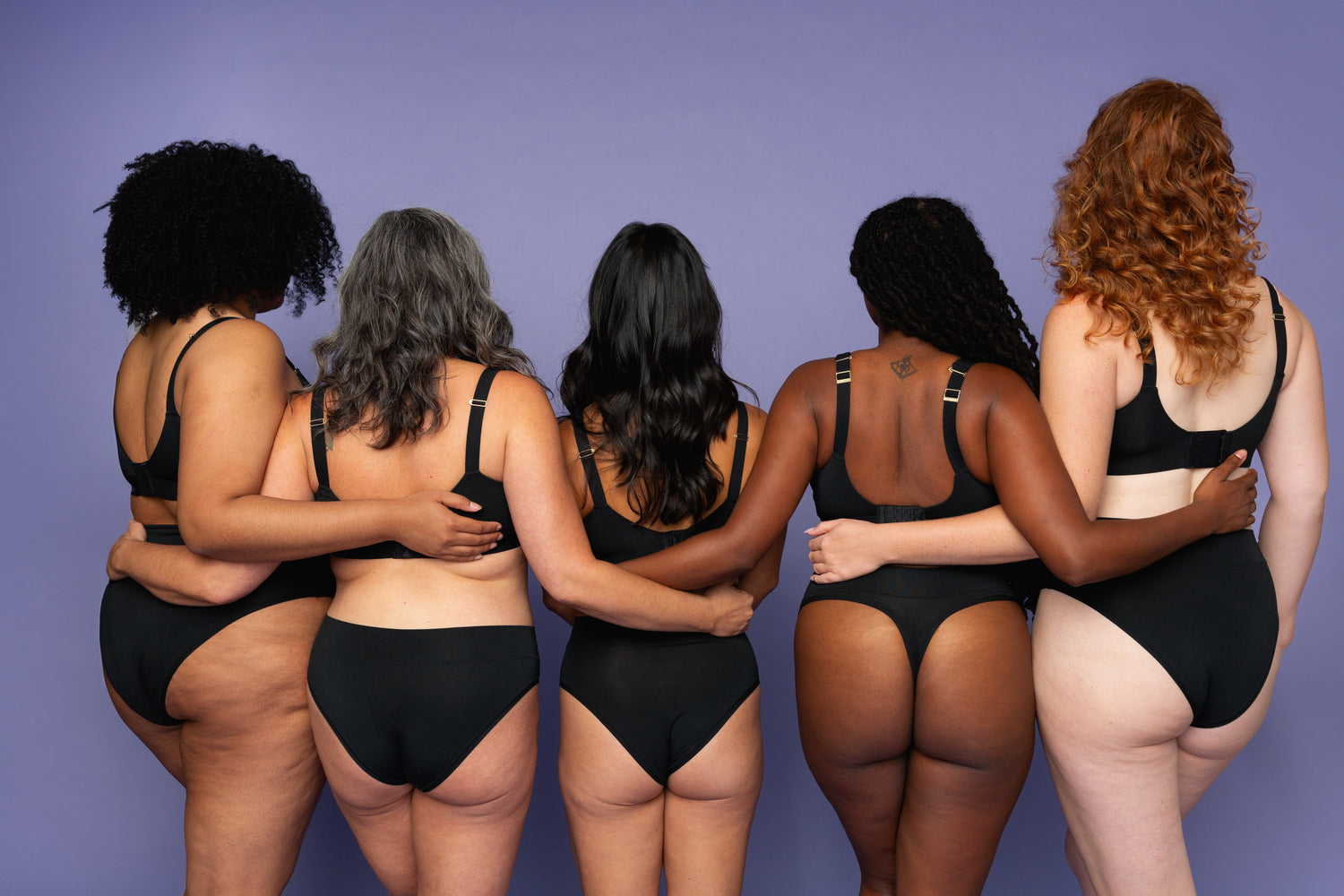Some geographical regions build up skills and expertise in a specific craft, trade, or tradition over time. For example, a small town in northern Italy called Castel Goffredo. They are the lifeblood of women's hosiery. If you've ever purchased a pair of nylons in Europe, you know they're different there than in the States–the quality is so much better. Something as simple as the nylon stocking can benefit from cultivating geographical knowledge and expertise over time. Textile workers in Castel Goffredo have decades of training, the world's best knitting machine manufacturers were close by, and the best yarn makers were near. Put it all together; you've got some of the world's best stockings.
When it comes to bras and intimates, Sri Lanka is a geographical hot spot. A couple of huge bra manufacturers call Sri Lanka home, and with that comes lots of skilled labor with the expertise to sew bras. Unlike other apparel items, bras are pretty complex. There's intricate sewing and lots of components to add in. The number of pieces and the order of operations to construct a bra is much more complicated than a t-shirt. Selecting a location like Sri Lanka, already known as a hub spot for bras, made a lot of sense to us.
Why not U.S. Manufacturing?
Ideally, we'd manufacture as close to our customers as possible. A tight supply chain helps limit our environmental footprint, reduces lead times when placing orders, and enables us to get products to customers faster. Since we are initially selling in the U.S., it would naturally have made sense to find a U.S.-based manufacturer. Unfortunately, that is easier said than done. It's nearly impossible to find bra makers in the U.S., and you've got to go back to the 80s to understand why.
The manufacturing shift from the U.S. to Asia accelerated in the 1980s due to lower labor costs abroad and demand for lower prices of commercial goods. Advances in technologies, automation, and volume production led to more overseas production. The signing of NAFTA in the 1990s further facilitated this trend, as it made outsourcing to countries within the trade agreement more feasible, reinforcing the shift of textile production from the U.S. to other regions. Meanwhile, labor costs in the U.S. continued to rise, making offshore options much more attractive. Due to all these destabilizing factors, factories in the U.S. began shutting down.
Recently, we've started to see a resurgence of "Made in the U.S.A." While new companies arise with a focus on U.S. manufacturing or existing businesses find ways to re-shore production back to the U.S., it is tough to do this for bras because of how complex these products are and how skilled the labor must be.
So Sri Lanka, then.
Knowing Sri Lanka was a hub, we decided to visit in 2023. This visit allowed us to meet with manufacturers firsthand, observe working conditions, and understand the region's innovation capabilities. Because we're also working on a revolutionary underwire replacement component for bras, we needed to find a partner with the technological capabilities to work on things that had never been done before. And we found that in Sri Lanka.






Similar to the Castel Goffredo example, when an area is known as a hub, all the pieces and players surrounding it are likely to be found there (not just the manufacturer itself). Our elastics supplier and hook and eye manufacturers for the bras are both in Sri Lanka. Our gusset maker for the underwear is in Sri Lanka. Other items, like our fabric and hardware, are not from Sri Lanka but are still regionally based in Asia. Thus, the manufacturing part of our supply chain can be thoughtfully contained by going to a region known for having some of the best bra makers.
In addition, Sri Lanka has emerged as a leader in responsible manufacturing practices. Manufacturers there have become first adopters of some of the highest social and environmental compliance standards. They've embraced the shift towards more ethical production, and many factories strive to achieve certifications like OEKO-Tex, BlueSign, SEDEX, and SA800. In our experience, compared to other parts of the world, Sri Lanka has established itself as an emerging leader. Factories aren't just saying that they're greener, safer, or better – they're actually putting in the time and effort (because a lot is required to pass these audits and earn these certifications) to improve their operations. Fair and ethical treatment of workers is essential to us, as is manufacturing responsibly. We have a mindset focused on continual improvement and always getting better, so knowing that Sri Lanka is a leader in setting higher standards was a huge draw.
To put the icing on the cake, the people of Sri Lanka were some of the friendliest we've met anywhere. We still stay in touch regularly with friends we made on our visit. The country, people, food, and culture are beautiful. In fact, Sri Lanka is known as the "Pearl of the Indian Ocean" for its warm hospitality, rich biodiversity, stunning scenery, and lovely culture. As a brand that embraces the gifts of the natural world, it seemed like the choice to manufacture in Sri Lanka was "crystal" clear.




